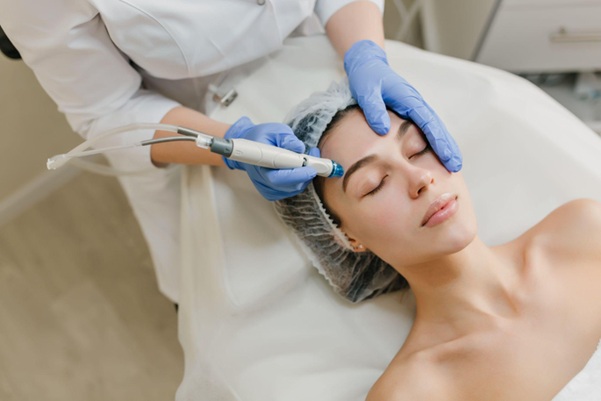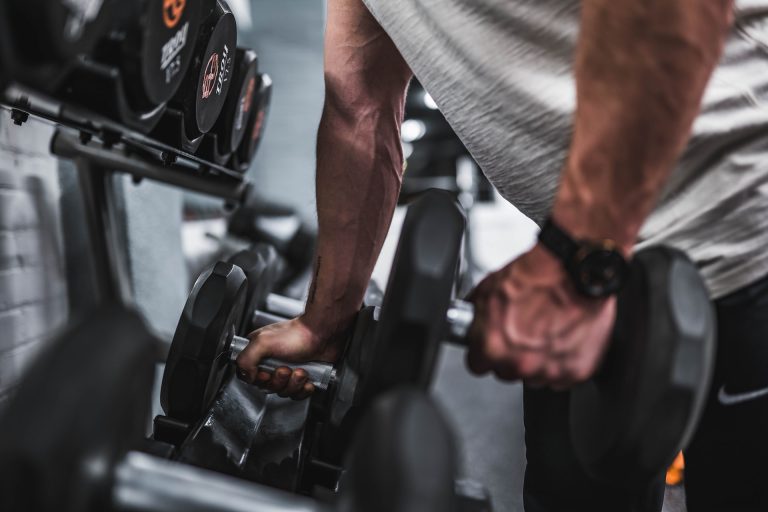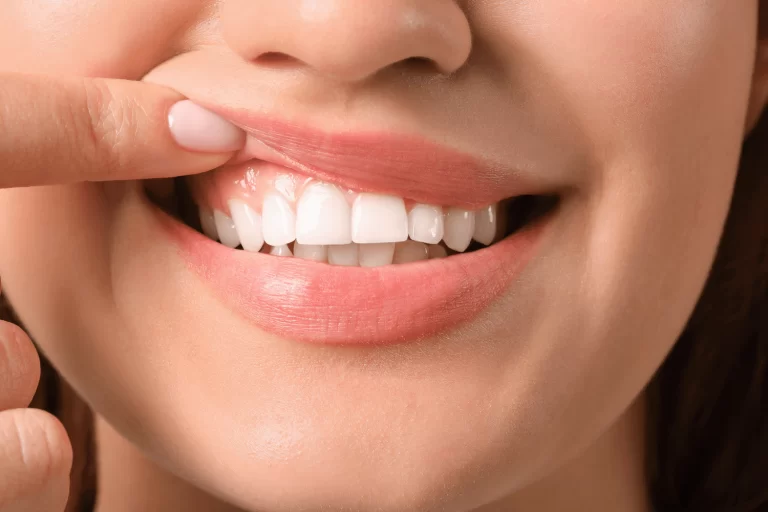Singapore’s humidity and year-round sun can take quite a toll on our skin. Between the heat, stress, and urban pollution, it’s no wonder many people are turning to professional treatments to restore a natural glow. One treatment quietly gaining popularity in aesthetic clinics is the Erbium YAG laser, a precise and gentle tool for skin rejuvenation that delivers visible results without long recovery times.
What Makes the Erbium YAG Laser Different?
Here’s the thing: not all lasers are created equal. The Erbium YAG laser uses a specific wavelength that targets water molecules within the skin, making it highly effective for controlled skin resurfacing. In simple terms, it gently removes the outermost layer of damaged skin while stimulating collagen production underneath. The result? Smoother, fresher-looking skin that doesn’t look “overdone”.
Compared to older technologies, this type of ablative laser skin resurfacing is known for being less aggressive. It penetrates the skin precisely without causing unnecessary heat damage to surrounding tissue. That’s why many dermatologists in Singapore recommend it for those who want results without the long downtime typical of older CO₂ lasers.
Gentle Yet Powerful: The Science Behind It
Let’s get a bit technical, but not too much. The Erbium wavelength (2,940 nanometres, to be exact) has a high absorption rate in water, which allows the laser to vaporise microscopic layers of skin with minimal thermal injury. Because of this, patients experience less redness and a faster recovery period.
The magic lies in how it stimulates the body’s natural healing process. As new collagen forms, the skin becomes tighter and more even in texture. Think of it as polishing the surface of wood, removing the dull outer layer so the grain beneath shines through.
Common Skin Concerns It Can Treat
You’d be surprised how versatile the Erbium YAG laser really is. It can treat everything from fine lines and wrinkles to acne scars and pigmentation. Many patients also use it to refresh dull skin that’s lost its elasticity due to ageing or sun exposure.
In some medical aesthetic clinics, the treatment is customised according to skin type. Singapore’s tropical climate means many patients have a mix of oily and sensitive skin, so precision matters. The Erbium system’s adjustable settings make it suitable even for those with lighter complexions that are prone to redness or irritation.
What to Expect During and After the Treatment
The session itself usually lasts under an hour. A topical anaesthetic is applied beforehand, so the sensation is more like a warm tingling than pain. During treatment, you might notice a faint smell of skin vapourising, which is completely normal. Afterwards, your skin will feel slightly tight and appear pinkish, almost like a mild sunburn.
Downtime varies, but most people resume daily routines within three to five days. Gentle cleansing and sunscreen are essential while the skin regenerates. It’s common to see results improving gradually over the following weeks as new collagen develops, giving the face a soft, youthful glow that looks completely natural.
Why Erbium YAG Outshines Other Options
When comparing ablative laser skin resurfacing treatments, the Erbium YAG stands out for its precision and comfort. While CO₂ lasers can produce dramatic results, they often involve longer healing times and more discomfort. The Erbium YAG laser bridges that gap beautifully, as it’s strong enough to make a visible difference yet gentle enough for those who want to avoid extended downtime.
For many Singaporeans juggling busy schedules, this balance is ideal. You can book a session over the weekend and return to work a few days later looking refreshed, not overtreated.
The Subtle Confidence That Follows
There’s something quietly empowering about looking in the mirror and noticing smoother, more radiant skin. It’s not vanity, it’s self-assurance. For many patients, the Erbium YAG treatment isn’t just about addressing wrinkles or scars; it’s about feeling comfortable in their skin again. That little boost of confidence can change how you carry yourself, even in everyday interactions.
Final Thoughts
Whether you’re targeting specific problem areas or simply looking to maintain a youthful glow, the Erbium YAG laser offers a balanced and effective approach to skin renewal. It’s precise, safe, and ideal for Singapore’s fast-paced lifestyle where convenience and results both matter.
If you’ve been considering ablative laser skin resurfacing, it might be time to book a consultation and see how this treatment could fit your skin goals. Contact Halley Medical Aesthetics today to learn more and take that first step towards healthier, rejuvenated skin.










